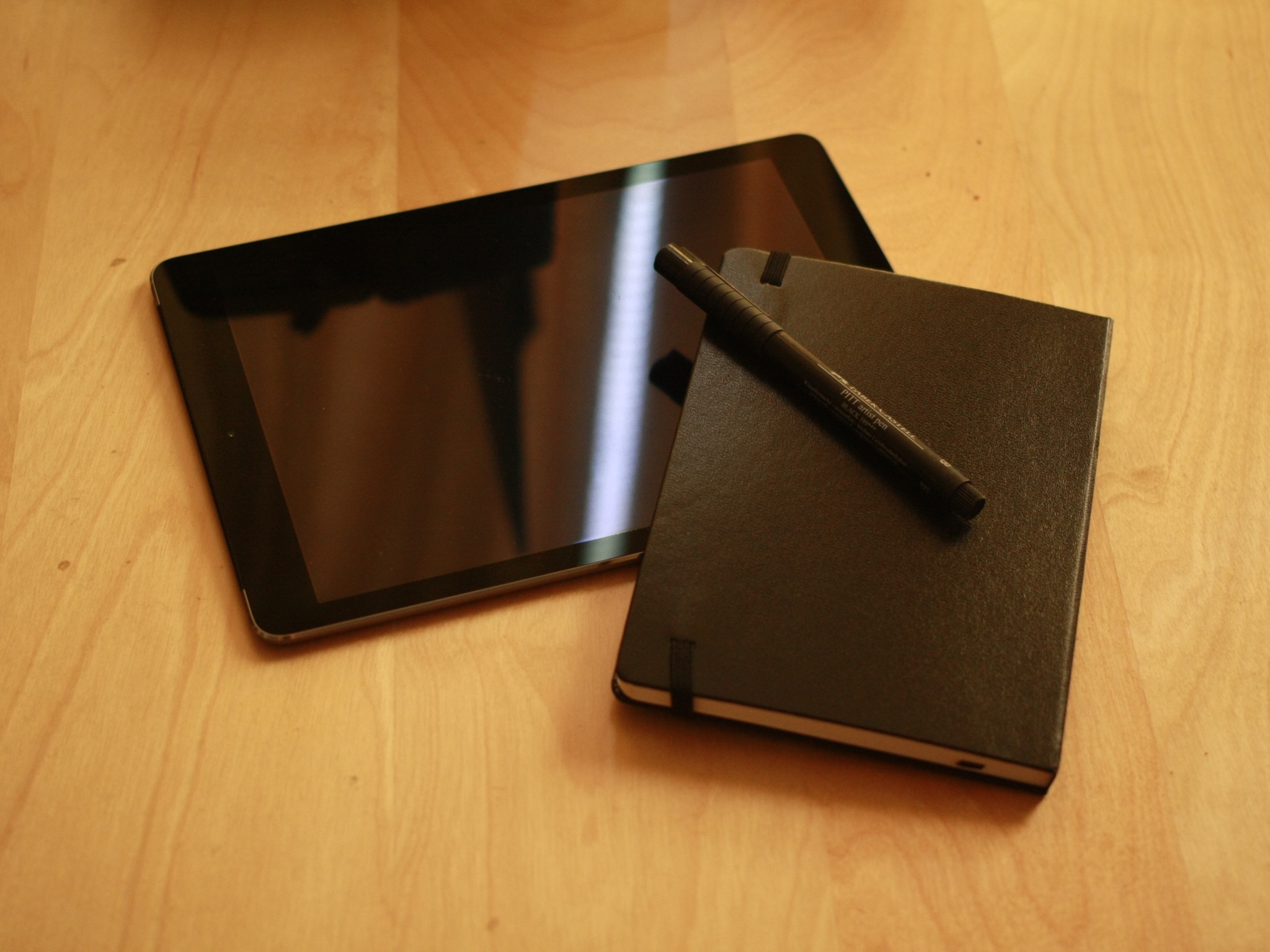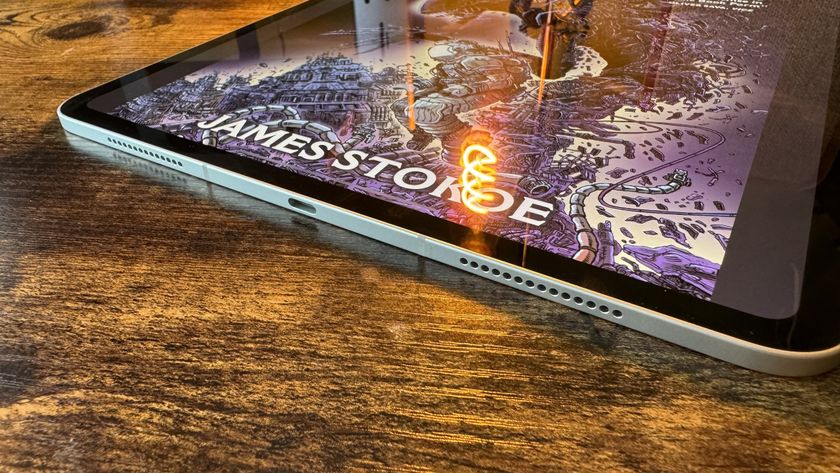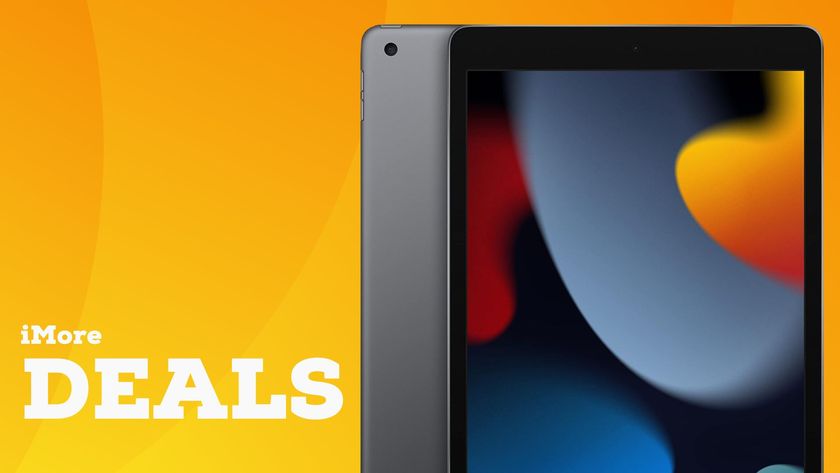At the Core: My iPad sketchbook dilemma

This past weekend, I participated in the MIT Mystery Hunt, a delightfully zany three-day puzzle competition that asks its hunters to solve all manner of crosswords, ciphers, logic puzzles, rebuses, and more. Though my team expressly goes in with little interest in winning the hunt, it's a great time with good people, and provokes crazy questions as "How do you index into two Gilbert and Sullivan songs with different lyrics?"
It also made me keenly aware that, gadget geek though I am, I still love writing things down on paper.
The tasks we can and cannot do on computers
There are many, many things a computer is good for during a puzzle hunt. Quick calculations. Collaborating with friends. Translating morse code. Looking up obscure ocean creatures.
But when it comes to certain tasks, it's hard to deny wanting tangible objects to write in and move around. This year, we had to use a map of five levels of a text adventure game to create 3D letters that spelled words; we could have built this using some form of 3D modeling software, sure, but instead we used post-it notes.
I don't think it's just about not having the right software — it's 2015. In most cases nowadays, the software we want or need for a given task is freely available and easily downloadable.
There's just something about real tangibility. It's being able to move something around in your hands, twisting it and examining it from different angles and scratching it out. It's messy, and not always the easiest way. But it satisfies this weird itch for physical interactions that even the iPad can't always hit.
I love my iPad, and I really tried to make it my default "scratch paper" this hunt. But I couldn't do it for more than six hours. It's in part because the iPad still has trouble making handwriting not look terrible, even with a good third-party stylus — though perhaps an Apple stylus and digitizer could improve such things in future generations.
Master your iPhone in minutes
iMore offers spot-on advice and guidance from our team of experts, with decades of Apple device experience to lean on. Learn more with iMore!
But when it comes down to it: as flexible as the iPad is when software is involved, its hard, flat, unchanging glass. And glass is difficult to tangibly interact with beyond taps and pinches. It's a lot closer to our natural interactions than a mouse or keyboard input, to be sure, but there's still something slightly removed, slightly alien about the whole thing.
The scratch paper computer
The funny thing is, even if tablet computing improves to the point where we're seeing haptic feedback and motion-tracked gestures, I don't even know if I want to give up my post-its and notebooks.
Software can imitate them, and even hardware might get to the point where a tablet computer feels more like a sketchbook than a pane of glass. But is it the right tool for the job, even if it's ostensibly the smartest one?
In theory, I would love to be able to just carry around an iPad and stylus and sketch and write whenever the mood strikes me. No art supplies, no pens, no erasers or messy tools! In practice, though, I miss the mess. I like the tangibility. I like being able to move index cards around on a blackboard rather than inside a digital program.
It's a weird struggle I've been bandying about this weekend, during a hunt that celebrates both sides of this argument: loving technology, but still having a strong connection to tangible tools.
How do you folks feel about pen and paper versus iPads and Macs 100 ? Are there tasks you still insist on using paper goods for, even though a computer may be faster or more efficient? Let's chat in the comments.
Serenity was formerly the Managing Editor at iMore, and now works for Apple. She's been talking, writing about, and tinkering with Apple products since she was old enough to double-click. In her spare time, she sketches, sings, and in her secret superhero life, plays roller derby. Follow her on Twitter @settern.












